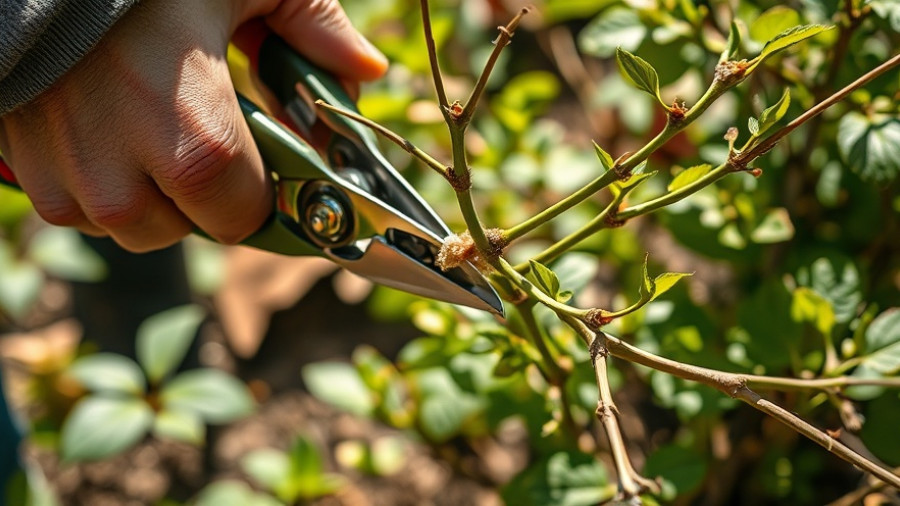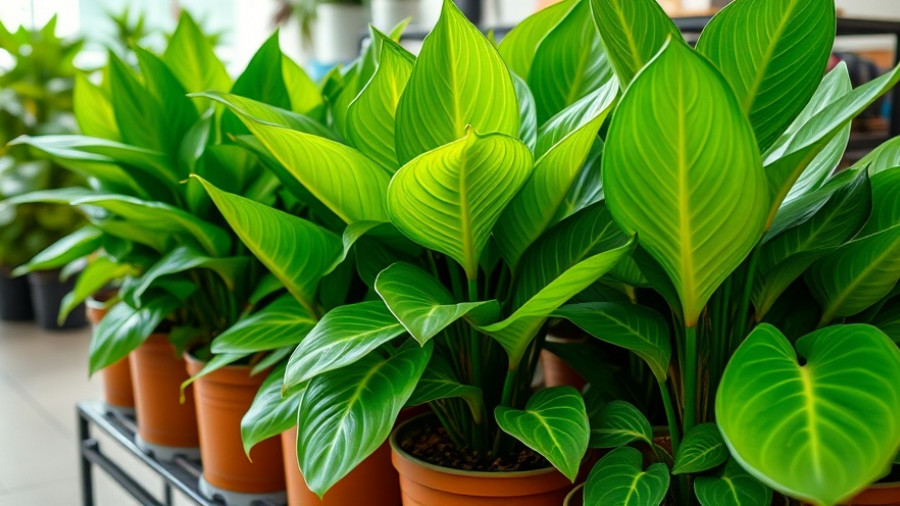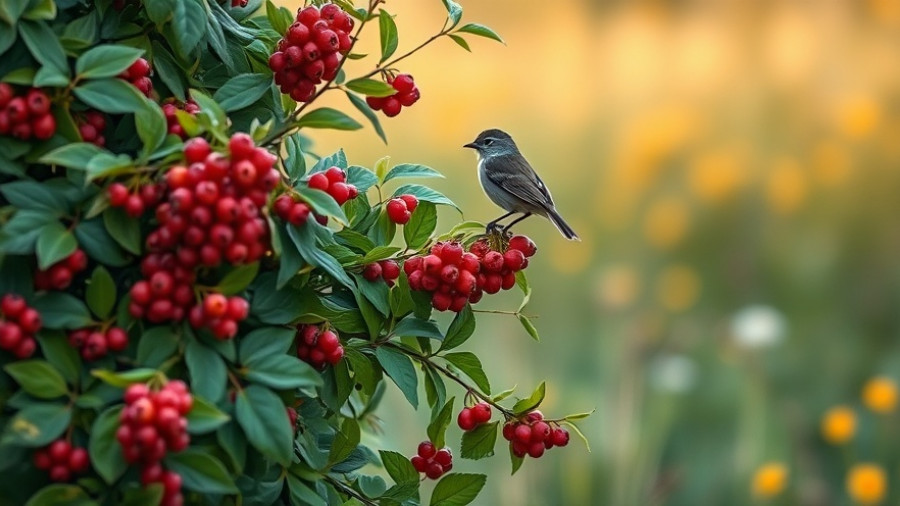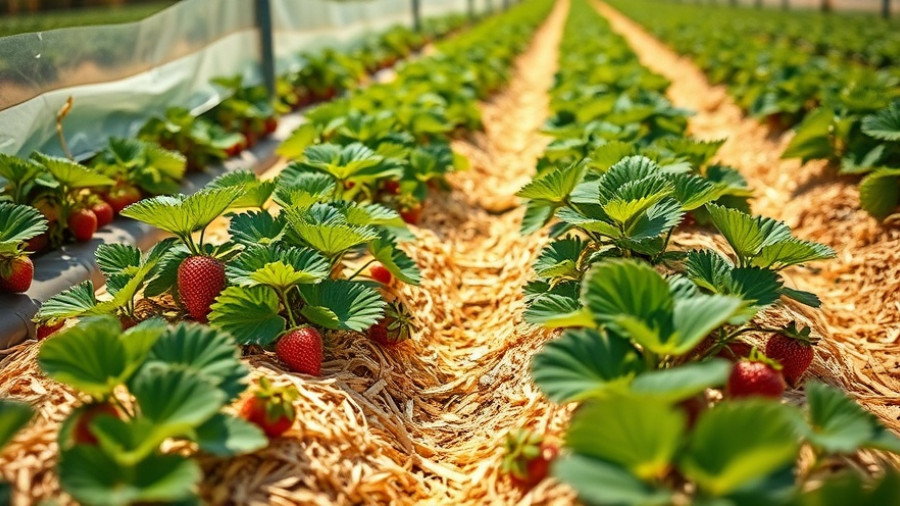
Why Hardy Hibiscus Plants are Garden Essentials
Hardy hibiscus shrubs, known for their vibrant blooms and lush foliage, stand out in any garden, offering a tropical vibe even in temperate climates. Their large, exotic-looking flowers rival those of tropical varieties, yet they thrive in regions where cold temperatures reign. Notably, these perennial shrubs can endure harsh winters due to their cold-hardy roots, making them versatile additions to various landscapes.
When to Prune for Optimal Growth
Timing matters when it comes to cutting back hardy hibiscus plants. Gardeners can choose to prune either in late fall or early spring, each offering benefits depending on personal priorities. If aesthetics are your main concern, tidying up your garden in late fall creates a neat appearance, especially following the first hard frost. However, leaving the stems standing through winter provides a natural shelter for beneficial insects, enhancing the ecological balance of your outdoor space. Thus, the best time to carry out pruning will depend largely on your gardening goals and local climate considerations.
The Right Tools Make a Difference
Having the right tools at hand is key to ensuring a successful pruning session. While some might reach for basic hand pruners, heavy-duty loppers or small saws are often more effective for hardy hibiscus's sturdy branches. Sharp, clean cuts promote faster healing and reduce vulnerability to pests. Before starting your pruning venture, ensure your tools are disinfected to prevent the transfer of diseases, as cleanliness plays a crucial role in maintaining plant health.
How to Prune: Step-by-Step Guide
Follow these steps for effective pruning:
1. Cut Back Hard: Once the stems have died back, trim them down to about four to six inches. This encourages vigorous regrowth, as the plant redirects its resources into developing new shoots. 2. Clean Up Debris: After pruning, cleaning up any spent plant material is essential to prevent potential rot and to keep your space tidy. Organizing your gardening area enhances aesthetics and health by removing potential harborage for pests.
3. Apply Mulch: Once everything is cut back and cleaned, applying a light mulch layer around your roots offers protection against temperature fluctuations and improves soil health.
Moving into Spring: Plant Care Essentials
As spring approaches, new growth may emerge, indicating when it's time to boost your plant’s nutrition. If you refrained from pruning in the fall, this is the perfect time to do so, followed by applying a balanced fertilizer. Additionally, regular watering is crucial during this time to keep the soil moist but not soggy. Taking these steps prepares your hardy hibiscus for a vibrant blooming season.
Connecting with Your Community Through Gardening
Gardening creates a significant bond not only with nature but within communities as well. Whether you're hosting local garden tours or sharing plant cuttings with neighbors, hardy hibiscus shrubs can become a centerpiece of community collaboration. Engaging with your neighborhood in this way fosters a warm spirit while beautifying shared spaces.
Final Thoughts: Embrace Your Gardening Journey
Caring for hardy hibiscus plants cultivates patience and understanding of nature’s timelines. By embracing the cycles of these resilient shrubs, you can create an inviting, lively outdoor living space that serves as both a personal retreat and a community asset. Have you considered incorporating these majestic blooms into your home landscape?
 Add Row
Add Row  Add
Add 




Write A Comment